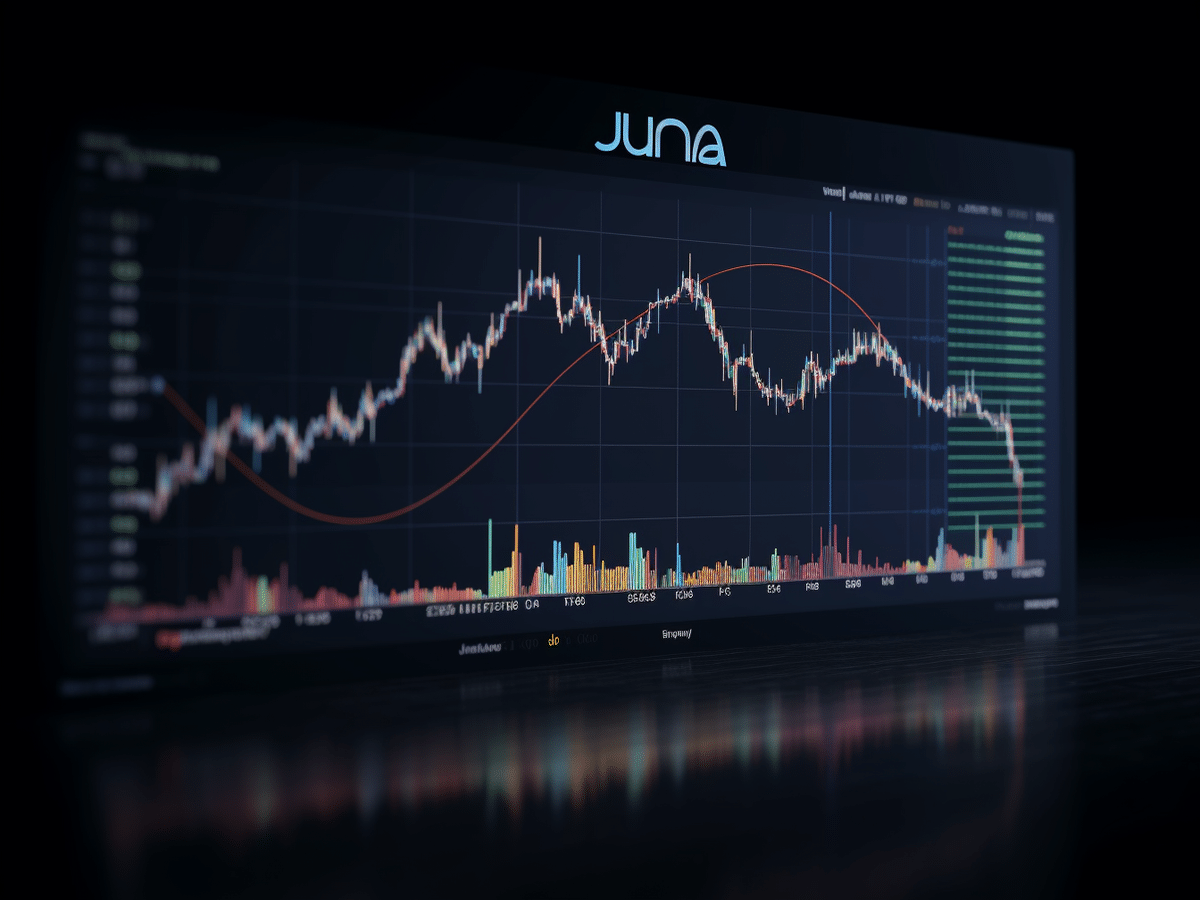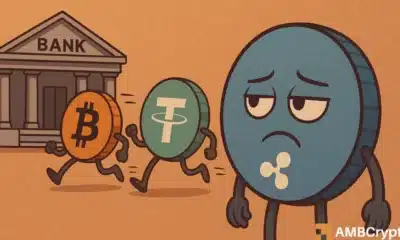LUNC faces declining volume, sloppy price action: What’s next?

Disclaimer: The information presented does not constitute financial, investment, trading, or other types of advice and is solely the writer’s opinion.
- Luna Classic continued to register a series of all-time lows.
- Declining Spot CVD highlighted weakening demand.
Luna Classic’s [LUNC] weakening support levels have seen prices continue to sink to all-time lows (ATLs). With bulls unable to stem the bearish slide, Luna Classic dipped below the $0.00008115 support level as of press time.
Realistic or not, here’s LUNC’s market cap in BTC’s terms
With LUNC’s price action going contrary to the bullish sentiment in the market, the selling pressure could persist for the foreseeable future.
Can Luna Classic halt the trend of ATLs?
Luna Classic has been making a series of all-time lows (ATLs) throughout June. After price rallied briefly on 4 June, the rejection at the $0.0001152 resistance led to LUNC hitting its early-May low again.
A look at the Visible Range Volume Profile (VRVP) highlighted $0.0001234 (Value Area High), $0.0000900 (Point of Control), and $0.00008020 (Value Area Low) as key price action levels.
With price dipping below the POC on 28 June, the VAL, along with the support level at $0.00008115, has propped up LUNC in the short term. However, a continuation of the selling pressure could also see these levels cave in.
The On Balance Volume (OBV) highlighted the loss of trading volume, with a sharp decline since early June. The Relative Strength Indicator (RSI) also remained firmly under the neutral 50 and edged closer to the oversold zone.
A bullish reversal for Luna Classic will hinge on an uptick in its trading volume. Else, the bearish momentum could last for the mid to long term.
Steep decline of Spot CVD showed weakening demand
Read Luna Classic’s [LUNC] Price Prediction 2023-24
A look at the Open Interest (OI) from Coinalyze on the 12-hour timeframe showed a considerable decline on 5 June and 14 June. It showed the hesitation by market speculators to open new positions, due to the ever-increasing selling pressure.
Similarly, the Spot CVD, which tracks trading volumes over time, maintained a steep decline. This hinted that the selling volume far outweighed the buying one, highlighting the lack of demand for LUNC in the futures market.








